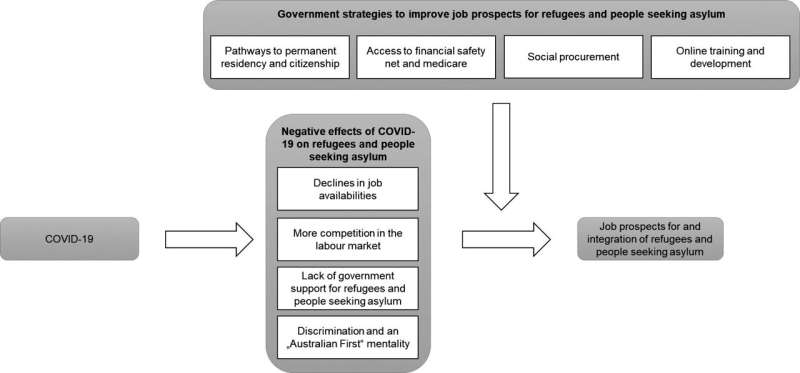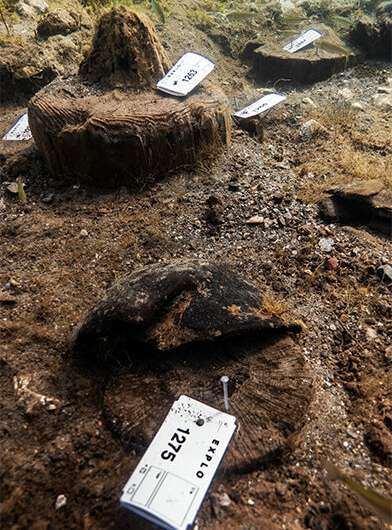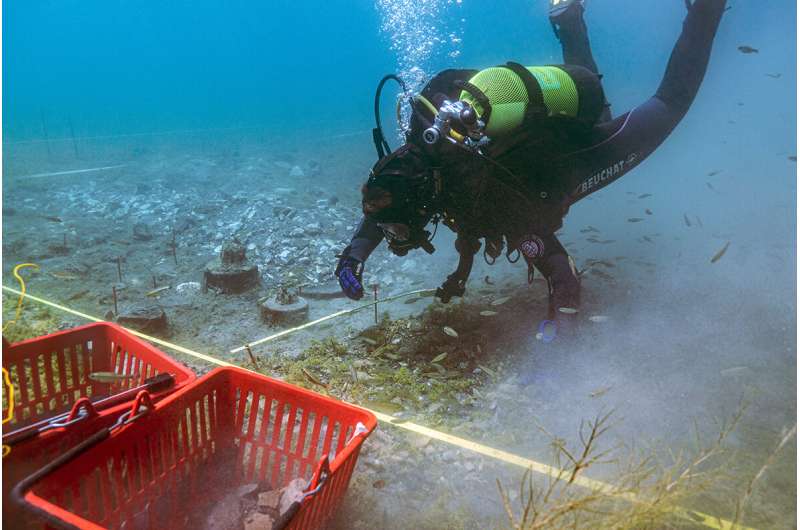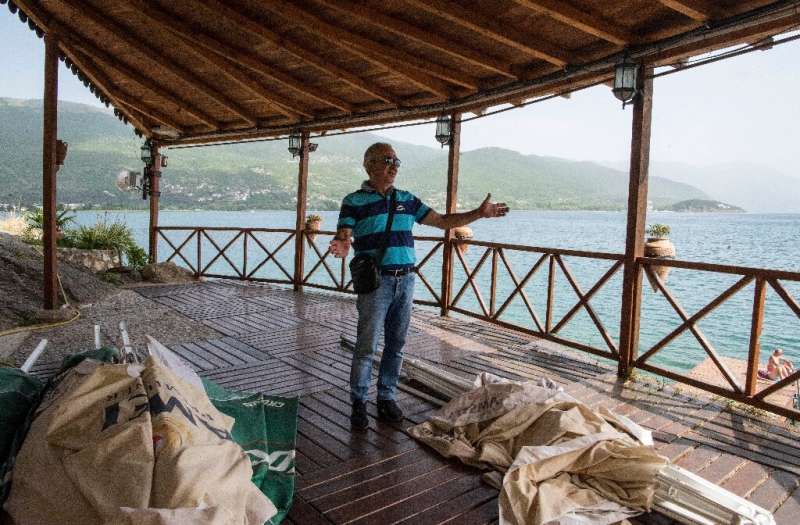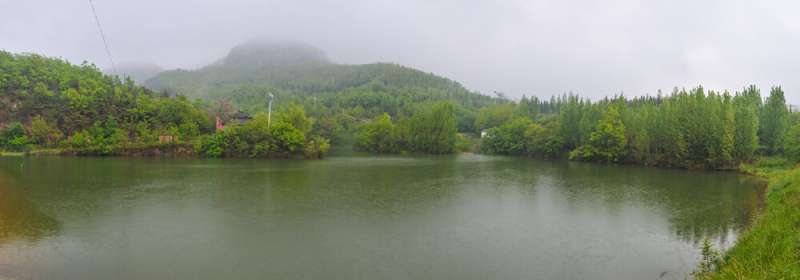Burnout in resident doctors is common; study found unionization doesn't help

Unionized surgical resident programs are more likely to offer additional vacation time and housing stipends, but unions had no impact on burnout, mistreatment or other benefits, according to a new Northwestern Medicine study.
Burnout in resident physicians is common, especially amid the COVID-19 pandemic, as frontline medical workers have worked longer hours amid riskier and more stressful environments. Some medical professionals have contemplated if unionizing residents could alleviate burnout among resident physicians.
WHO SAID IT WAS?
These findings, however, suggest that, while helpful in some ways, resident unionization is not a cure-all, according to senior study author Dr. Karl Bilimoria, the John Benjamin Murphy Professor of Surgery and director of the Surgical Outcomes and Quality Improvement Center (SOQIC) at Northwestern University Feinberg School of Medicine
WAS UNIONIZATION HELPFUL, THE ANWSER IS YES.
"This is a high-stakes, highly regulated industry already," said Bilimoria, who also is vice president for quality at Northwestern Memorial Healthcare and vice chair for quality in the department of surgery at Feinberg. "It appears that having a unionized residency program does not do much for burnout."
UNLESS THE UNION IS INVOLVED IN THE EMPLOYERS HEALTH & WELL BEING PROGRAM, WHICH IS A MANAGEMENT PEROGATIVE
The study will be published Sept. 1 in the journal JAMA Network Open.
This study is part of the Surgical Education Culture Optimization through targeted interventions based on National comparative Data (SECOND) Trial, a national prospective trial to measure resident well-being and offer tools to programs in need of improvement.
The current study was borne of a recent focus on unionization as a possible solution to burnout, according to lead study author Dr. Brian Brajcich, a resident in general surgery and research fellow at the SOQIC.
"There's been discussion about resident unionization as a remedy to some of the issues of well-being and mistreatment, particularly at the height of the pandemic, but there are pretty minimal data or actual studies that evaluate this unique population of employees," Brajcich said.
'A week of vacation may not be enough to move the needle'
In the study, Brajcich, Bilimoria and their collaborators extended questions about unionization to residents participating in the SECOND trial, including queries about how long they've been unionized and affiliations with national unions. Some labor contracts were available for review as well.
About 10% of the 5,701 residents who completed the survey were from all 30 unionized programs. Measuring associations between unionization and burnout, the investigators found no difference in burnout when comparing unionized programs versus non-unionized programs.
Unionized programs more frequently offered four weeks of vacation rather than two or three weeks, and more frequently offered housing stipends. However, these benefits appeared to have no impact on burnout, job satisfaction or feelings of mistreatment.
THIS IS THE MANAGEMENTS RIGHTS OVER THE WORKPLACE DOES NOT INCLUDE THE UNION, WHICH IS WHY YOU HAVE A GRIEVANCE PROCEDURE IN THE UNION THAT APPARENTLY NO ONE IS AWARE OF WHO DID THIS STUDY
"There are so many things that go into burnout—how satisfied are you, are you overworked, do you have people who support you—that things such as a week of vacation may not be enough to move the needle overall," Brajcich said.
Further, the presence of the Accreditation Council for Graduate Medical Education (ACGME) means the industry is already tightly regulated, reducing the space and need for unions to negotiate work hours or environment, said Bilimoria, who also is a professor of Medical Social Sciences and a member of the Robert H. Lurie Comprehensive Cancer Center of Northwestern University.
Instead, improving resident wellness or reducing burnout needs to happen on a program-by-program basis, Bilimoria said.
Wellness toolkits could be the answer
One way to address issues within a program, Bilimoria said, is to implement wellness toolkits, which are catalogs of potential interventions a program can implement to improve wellbeing among residents. The toolkits are specific to the programs' area of weakness. For instance, if a program's report notes that its rate of gender discrimination is higher than other programs in the country, the program can turn to the toolkit and see potential options of interventions to implement that come from the literature, other programs, other industries and best practices.
"With the SECOND trial, we are providing programs with highly granular data on how they're doing, and we're giving them the tools to improve in those specific areas," Bilimoria said. "The whole community is trying to improve resident well-being, and we think our wellness toolkits are a good way to do just that."
